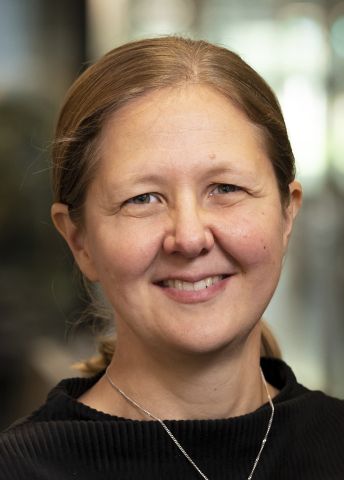
Annica Black-Schaffer
Professor of Quantum Matter Theory
Wallenberg Scholar
Institution:
Uppsala University
Research field:
Condensed matter theory, especially superconductivity
Professor of Quantum Matter Theory
Wallenberg Scholar
Institution:
Uppsala University
Research field:
Condensed matter theory, especially superconductivity
A new era of electronic ordering
Annica Black-Schaffer and her research group aim to enhance and understand electronic ordering, especially superconductivity, in open systems through non-Hermitian effects. Electronic ordering is the key to many technological advances.
In order to describe different materials and phases of matter in nature, we need to understand how an almost infinite number of electrons interact with one another. Annica Black-Schaffer is seeking simple models to explain the properties of entire families of materials. The combination of many electrons gives rise to new quantum mechanical behaviours that are not even possible for individual electrons. Electronic ordering is one such phenomenon and includes both magnetism and superconductivity. Materials are rarely completely isolated, however; they are linked to an external environment, which means they are in an open system. However, openness has generally been regarded as detrimental to many quantum phenomena and electronic ordering has been thought to be much less likely in open systems.
Challenging previously held views
Black-Schaffer challenges this view of things. She proposes that openness can be used to create electronic ordering. Introducing non-Hermitian effects in the physical description of the material makes it possible to deal with many problems related to openness. One key non-Hermitian effect is the occurrence of ‘exceptional points’ (EPs), where energies and wave functions coalesce. At zero energy, these EPs can generate unique quantum mechanical behaviours, likely including ordering.
The research group has three main objectives. The first is to establish and understand exceptionally enhanced ordering driven by EPs, especially superconductivity. The second is to use the quantum geometry tensor to understand superconductivity, topology, and phase transitions in systems with non-Hermitian effects. The third is to use non-Hermitian effects from disorder in the material to produce more electrons at zero energy so as to achieve enhanced electronic ordering in materials.
Photo: Mikael Wallerstedt